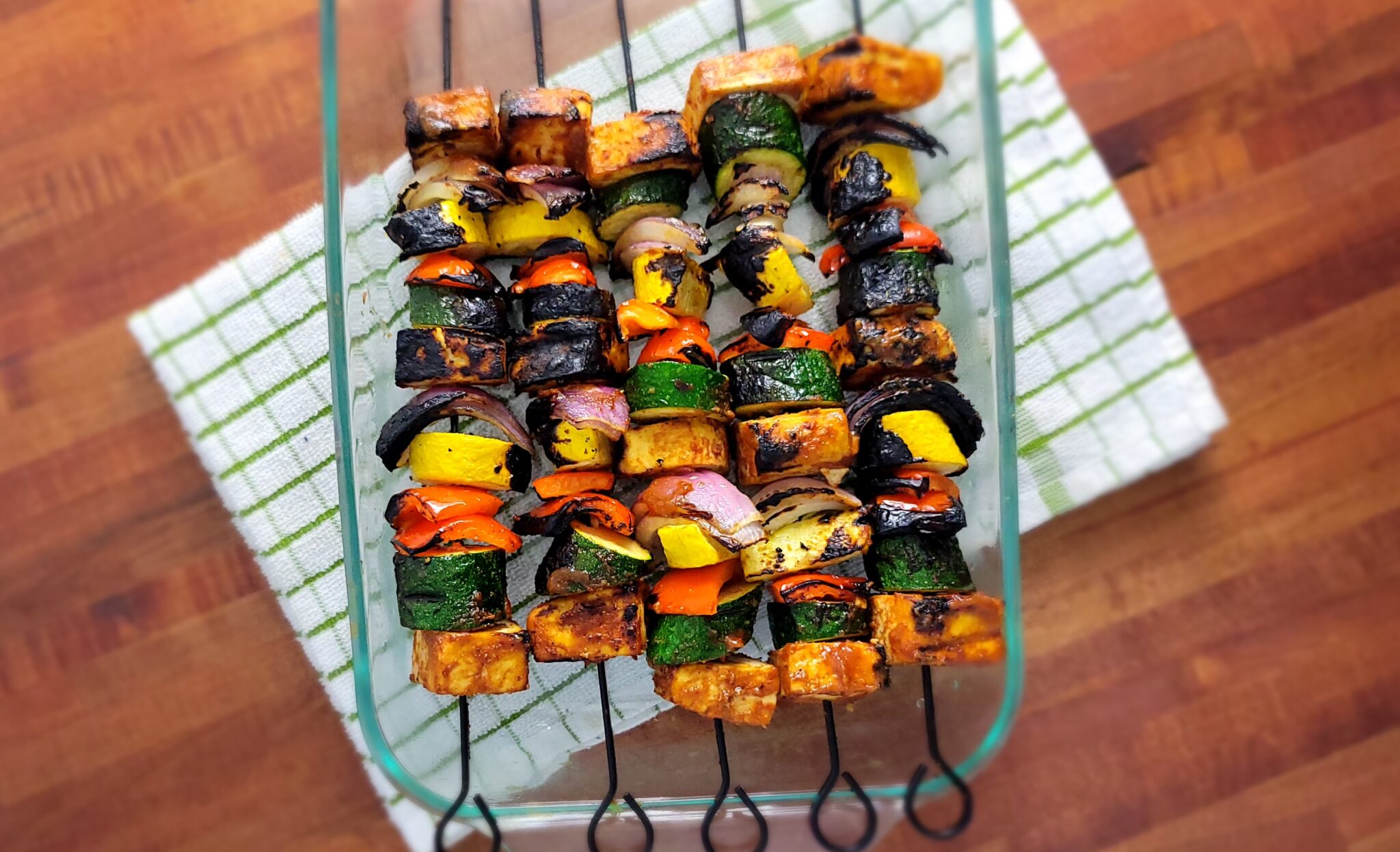What Is A “Renal Diet”?
The Renal Diet is an eating pattern meant to help manage kidney disease and kidney failure while still promoting overall health and wellness. The optimal Renal Diet for you is one that is personalized to do the following things: help keep electrolyte minerals within the normal range, reduce the acid load in the body, and provide the right amount of protein for the body’s needs without contributing excess waste products, provide the right amount of fluid, and help manage blood pressure.
A focus on single nutrients (i.e. sodium, protein, potassium) has not been shown to be as effective in improving health outcomes for people with Chronic Kidney Disease (CKD) as an overall healthy eating pattern rich in fruits, vegetables, fish, legumes, whole grains, and fiber with reduced red meat, sodium, and refined sugar intake. [1]
The basics of kidney function and how it relates to nutrition
When it comes to understanding the renal diet, it helps to start by learning about some of the basic functions of the kidney.
A commonly used mnemonic for learning the functions of the kidney is “A WET BED.”
- A – controlling ACID-base balance
- W – controlling WATER balance
- E – maintaining ELECTROLYTE balance
- T – removing TOXINS and waste products from the body
- B – controlling BLOOD PRESSURE
- E – producing the hormone ERYTHROPOIETIN
- D – activating vitamin D
While all of these functions are at least partially related to food and nutrition, we will focus on the first five to build our renal diet in the remainder of this article.
Controlling acid-base balance
The kidneys work to maintain normal body pH by reabsorbing or excreting acid and alkaline (base) compounds in the urine. As kidney function declines, the body fluids can become too acidic (metabolic acidosis). Metabolic acidosis increases the risk of kidney disease progression, decreased bone density, inflammation, mortality, and malnutrition. [2,3]
Did you know that your diet contributes significantly to your acid-base balance?
In general, foods such as meat, eggs, cheese, and grains increase the production of acid in the body while fruits and vegetables are alkalizing.
Excess protein intake, regardless of source, increases acid load in the body. However, it appears that plant-based proteins have a neutral impact on body acid load in comparison to animal-based proteins. [2]
Controlling water balance
The kidneys are responsible for producing urine before it is stored in the bladder. Healthy kidneys base urine volume on the hydration status of the body. [4] In late or end-stage kidney disease (CKD Stage 5/5d), the ability to produce enough urine to balance normal fluid intake decreases which can cause swelling, hypertension, volume overload, and heart failure. In order to maintain a safe fluid balance, someone on dialysis will need to limit not only their fluid intake but also their sodium intake to help manage their thirst.[5]
On the other hand, prior to CKD-5/5d, increasing water intake may have a beneficial effect on kidney function in patients with all forms of CKD and in those at risk of CKD. It does appear that this possible benefit comes from pure water intake and the beneficial effects from total fluid intake may be offset if the majority of the intake comes from sugar-sweetened beverages.[5]
When evaluating the right amount of water intake for you and your kidney health, it is important to consult with your doctor and a Renal Dietitian.
Maintaining electrolyte balance
The kidneys maintain the balance of electrolytes (minerals dissolved in the body’s fluids) to keep blood levels in the normal range necessary for health.[6]
The minerals that will need to be most closely monitored and adjusted in the diet for patients with CKD are sodium, potassium, and phosphorus.
- Sodium: The body requires sodium for nerve impulses, muscle contraction, and fluid and mineral balance. However, too much sodium in the body can lead to high blood pressure, fluid retention, and cardiovascular disease.[7]
Aim for less than 2300 mg per day by reducing processed food and restaurant food intake, reading labels, and cooking with less salt.[8]
See our Low Sodium Diet Guide for in-depth information on managing sodium in the diet.
- Potassium: Potassium is a mineral found in every tissue in the body. Both high and low potassium levels can lead to irregular heart rhythms and severe health risks.[9]
Potassium is present in significant amounts in fruits, vegetables, dairy products, animal proteins, nuts/seeds, pulses, and legumes. The goal of the renal diet is to keep potassium levels in the normal range. [8] Because of this, recommended potassium intake will vary widely in people with kidney disease.
See our Low Potassium Diet Guide for in-depth information on managing potassium in the diet.
- Phosphorus: Phosphorus is a mineral primarily found alongside calcium in the bones and teeth. High phosphorus levels are associated with a higher risk of chronic kidney disease progression, bone disease, and the development of hard calcifications in the heart and arteries.[10]
Focusing the bulk of dietary phosphorus restriction on phosphorus added to processed foods, drinks, and fast foods appear to have the greatest impact on outcomes without compromising the nutrient content of the diet.[11]
See our Low Phosphorus Diet Guide for in-depth information on managing phosphorus in the diet.
Removing toxins and waste products from the body
The kidneys remove urea (the waste product of protein metabolism) as well as many other toxic substances. When protein intake is higher than the kidneys’ ability to remove the waste, this can cause oxidative stress to the cardiovascular system, worsening proteinuria (protein in the urine), worsening kidney function, decreased appetite, and increased muscle loss. On the other hand, lower protein diets have been shown to help slow the progression of chronic kidney disease by decreasing filtration load, acid load, and phosphorus load. [2,10, 12]
So how much protein is the right amount of protein?
Avoiding excess urea production while also avoiding equally dangerous protein malnutrition requires an individualized approach. Recommendations for protein intake vary between 0.4 g/kg to as high as 1.2 g/kg depending on the stage of kidney disease, presence and type of dialysis, other present medical conditions, and supplementation with keto-analogs.[8] Low-protein diets should be monitored and evaluated by a doctor or Renal Dietitian.
See our Low Protein Guide for more in-depth information on managing protein in the diet.
Controlling blood pressure
When blood pressure increases, healthy kidneys excrete larger volumes of urine and salt which decreases blood volume and, therefore, blood pressure.[13] The kidneys not only help manage high blood pressure but are also significantly vulnerable to damage caused by high blood pressure. In fact, hypertension is the second leading cause of kidney failure in the United States. [14]
The good news is that moderate sodium restriction is an incredibly powerful tool in helping manage high blood pressure.[15,16] Another surprising finding is that the ratio of sodium and potassium in the diet appears to be important. A high sodium diet along with a low potassium diet increases the risk of hypertension as well as progression to CKD.[17] This is yet another reason that potassium intake recommendations should be individualized!
What kind of diet improves outcomes for people with chronic kidney disease?
The Renal Diet of the past focused on limiting the single nutrients listed above: sodium, potassium, phosphorus, and sometimes protein. It felt like a large list of “Don’t Eat This” with very little “Do Eat This.” It also often contradicted diet recommendations given to manage other chronic health conditions. For example, in order to limit potassium and phosphorus, refined grains were preferred which contradicted recommendations given to people with diabetes to eat more whole grains. It’s no wonder so many people have trouble adhering to those types of recommendations. [18]
It’s understandable that the complexities of the kidneys and their relation to nutrition might be overwhelming and you might be wondering how someone could possibly find a diet that meets all of these needs and still allows for any enjoyment in eating.
The good news is that more and more research is indicating that whole eating patterns like primarily plant-based diets, vegetarian diets, the DASH diet, and the Mediterranean Diet are associated with decreased progression of CKD and albuminuria (protein in the urine) as well as lower blood pressure and cardiovascular risk. [1,19,20]
These are the types of “Renal Diet” or eating patterns we promote at Cukebook.
What do these eating patterns have in common?
- They are rich in fruits and vegetables.
- They are rich in whole grains, nuts, seeds, and fiber in general.
- They are rich in plant-based proteins like legumes.
- They are higher in fish intake.
- They are lower in highly processed foods that are high in added sodium and sugar.
- They are lower in red meats and processed meats.
- They are more flexible and can be personalized more than the Renal Diets of the past.
- They do not require absolute elimination of any particular food.
- They support overall health in the body as opposed to targeting single lab results.
Summary
Diet is an indispensable tool in both the management of CKD and in delaying or avoiding the progression of CKD. A Renal Diet should promote overall health in the body while still providing flexibility. The recommended intakes for sodium, fluid, potassium, phosphorus, and protein must be personalized and (remove are) optimally implemented and monitored with the help of a Renal Dietitian.[21] Have a question? Contact Us

